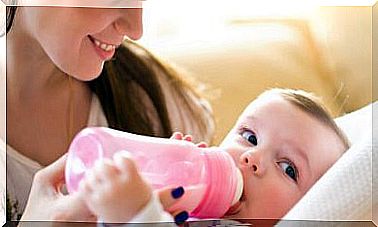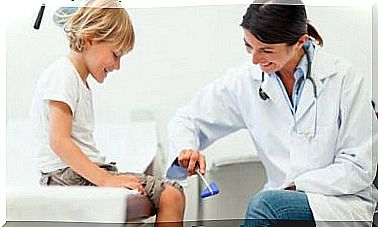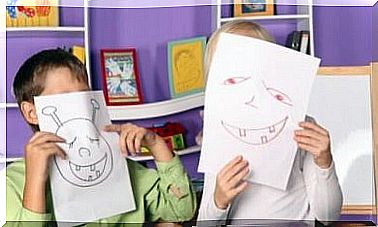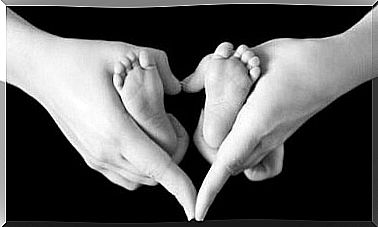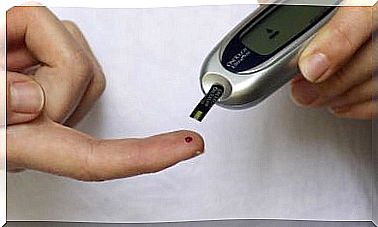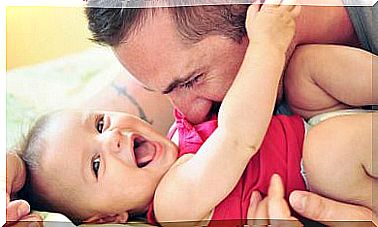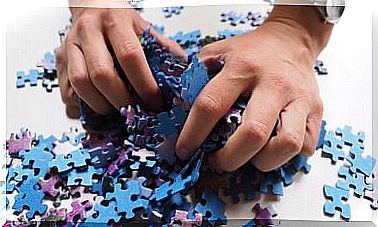How To Respond To A Child’s Good Behavior?

Parents’ response to a child’s good behavior is always critical to their education and development. For this reason, we present some recommendations and tips to reward the positive actions of the little ones in a fair measure.
How to respond to the good behavior of a child?
These measures, presented by the US Department of Health and Human Resources, are critical to responding correctly to a child’s behavior while still reminding them that it is their obligation to do so. At the same time, they work as a strategy for them to learn to acquire rewards through good actions.
These are some of the recommendations:
Types of compliments
In most cases, a child’s good behavior will come down to praise. However, what kinds of weights are correct?
On the one hand, there are the most specific ones for that action and others that tend to have less relevance. The former should be used when the child performs an activity in which he invested a great effort. For example, the academic performance and the good grades you get in the subjects that are most difficult for you.
In the case of actions that are slightly less relevant, but still important, we include the fact that the child helps clear the table; Actions like this are to be commended in the same way.
Those compliments don’t necessarily have to be in words; They can also be gestural, such as a hug or the traditional “high five.” The fundamental thing, in any case, is to highlight the good behaviors of the child and show the affection that the parents feel.

Positive attention
The attitude of the parents will always be fundamental and can directly influence the personality of the infants. When the child sees negative attitudes and responses from his parents, he may take them as an example and behave inappropriately.
Therefore, it is important not to respond to tantrums or attitudes that seek to get everyone to pay attention to them.
Positive attention, on the other hand, is the answer to a good attitude. For example, if the child has done well in school, dinner time can be used to highlight this fact. Thus, the little one will understand that he is doing the right thing and will be congratulated for it, which will cause them to repeat this action.
Importantly, too much positive attention could be detrimental. Praise should not be in large quantity, because children may begin to behave well solely because of these rewards and not because they feel like they are doing the right thing.
Keys to improving a child’s behavior
There are positive reinforcement techniques that can be very beneficial in achieving good behavior in a child. These methods not only work to prevent behavior problems, but can also be used to establish new desired behaviors.
- Good behaviors should be rewarded and bad attitudes ignored. As a reward, parents can use a smile, praise, or a hug; also other types of rewards such as a walk to the park or to see a movie.
- Parents should always show gratitude and pride for each of their accomplishments. This not only increases the likelihood that this behavior will be repeated, but it will also build the foundations of a stronger self-esteem.
- By paying attention to negative attitudes, you will get more negative behaviors. The most complex part of this technique is to be patient with any tantrum, but it will be essential to reinforce good behavior in the child.

- Be constant, persevering and consistent with the techniques. It can be complex to keep these three adjectives present, since not all children are the same and they can have very changeable attitudes.
- Developing routines and rituals can help ease the most conflictive moments. For example, at bedtime, ask her every night: “Would you prefer blue or green pajamas?” Children tend to respond better when they are involved in the process.
Teaching values and behavior at home will be essential to ensure that the child has good attitudes in the social sphere and personally. It is essential that parents remember that their reactions will be a mirror for the little one and that, in any situation, they must act correctly.

